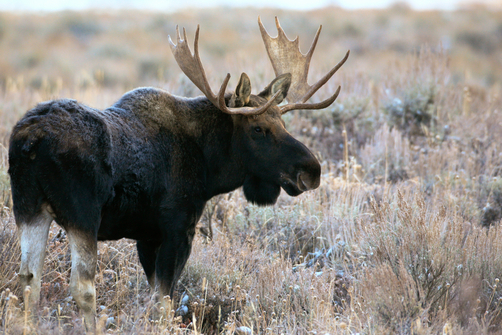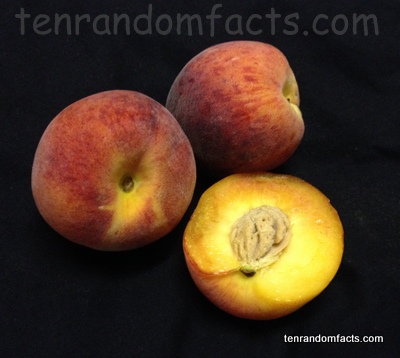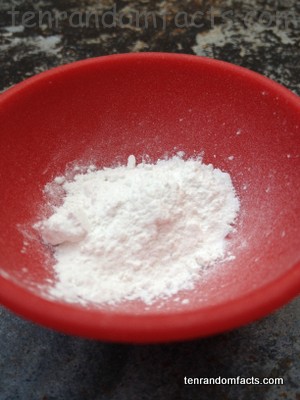
The big, big moose.
- ‘Moose’ are also known as ‘Eurasian elks’, or ‘elks’, although they are different to the American elk, and their scientific name is ‘Alces alces’ which includes 6 to 7 subspecies.
- Moose belong to the deer family, Cervidae, and the sub family Capreolinae, and can grow to be 1.4 to 2.1 metres (4.6 to 6.9 feet) in height, and weigh between 200 to 700 kilograms (440 to 1500 pounds),
- Moose are native to the forests of the Northern Hemisphere, mainly abundant in Canada, Alaska and Russia, although they are found in parts of Europe, Asia and the United States, and are one of the largest land animals in Europe and North America.
- Adult male moose are named ‘bulls’, adult females are called ‘cows’ and the young are named ‘calves’, and they do not live in herds, but are instead solitary for most of their lives.
- The diet of moose consists of large quantities of vegetation, including aquatic plants, as they require significant amounts of sodium in their diet.
Moose
Image courtesy of National Geographic
- Moose are classified by the shape of the antler that the males grow and lose at the end of autumn, regrowing in spring, and while the antlers grow at a rapid rate, ‘velvet’ protects them.
- Moose can run at speeds of 56 km/h (35 mph) and they can also swim well, reaching speeds of 9.6 km/h (6 mph).
- Moose live for 15 to 25 years, and usually give birth to one or two young, who are chased away when they are around one year old.
- Moose are preyed on by wolves and bears, although these predators are both wary of the adult deer, and the moose are often hunted by humans who consume them as food.
- Automobile accidents can occur with moose, which are generally fatal for both parties due to the size of the animal.
Bibliography: Katherine Gammon, Fun Facts about Moose, 2013, Live Science, http://www.livescience.com/27408-moose.html
Moose, 2013, Wikipedia, http://en.wikipedia.org/wiki/Moose























